Why did I fall in love at first sight with the new Leica M6? Apart from the indisputable fact that it is gorgeous to behold, the new camera re-affirms Leica’s allegiance to film photography. It is Leica embracing its past by reissuing a classic design with updated manufacturing techniques. But first, some background…
A little history
Leitz produced the M5 in 1971 at a time when rangefinder sales were threatened by the burgeoning SLR market. It was a bold move, with many advances from the M4 that preceded it in 1967). Perhaps the most obvious development was through-the-lens (TTL) metering and a large shutter speed dial overlapping the top plate.
But the camera was bigger than its predecessors and users didn’t like this. Nor did they take to the vertical strap lugs on one side of the body. Sales were disappointing, and production was discontinued in 1975. For a while, it looked as if Leitz might abandon the production of rangefinder cameras altogether.
It’s a sad tale, especially because the M5 was a visionary camera. I know several modern Leica users who think it was the best film M of all.
Walter Kluck, the CEO of Leitz Canada, managed to convince Leitz Germany to produce a new M4 with lower production costs. A hundred or so were manufactured in Wetzlar, and then production was moved to Midland in Ontario, Canada. The M4-2 was born and was only in production for a couple of years, but it proved to Leica the viability of the rangefinder. It was succeeded by the M4-P in 1981, the first camera to pair the 28/90, 50/75 and 35/135 frame lines. All but the last few cameras were made in Canada.
Birth of the M6
In 1984, manufacture was moved back to Wetzlar, and the M6 was born. It was basically an M4-P with a new TTL metering system, centre weighted, reading from a grey spot on the centre of the cloth shutter. This idea was simple and elegant and worked very well, and the camera was a real success. It remained in production until 1998, when the M6TTL (with through-the-lens flash metering) was produced. The M6TTL was a few millimetres taller than the M6, which then became known as the M6 Classic.
When it was first produced, the M6 was manufactured in Wetzlar, with the red dot logo saying “Leitz”. Production was moved to Solms in 1986, and the logo was changed to “Leica”.
The production values of the M6 were similar to the simplified ones of the M4-2 but with a lighter, cheaper cast-zinc top plate (the M4-2 top and bottom plates were brass, using a deep-draw process similar to the previous M cameras).
After the M6 TTL came the M7 with aperture priority, and in 2003 Leica produced the MP. The MP was basically a Leica M6 Classic, but with the manufacturing values, rewind crank and advance lever of the M3, it has a machined brass top and bottom plate and an improved meter with a central dot. It is still in production today.
The remade M6
At the Oskar Barnack Award Ceremony on October 20th 2022, Leica announced a reissue of the new Leica M6, along with its remake of the original 35mm Summilux.
First of all, I haven’t tested this camera. There isn’t so much need to test a film camera, so I’ve not had one sent my way. I thought it was a great idea, but I didn’t know the full details until visiting Dublin for the LSI Meeting in October, where Stefan Daniel was carrying the new camera with the 35 Summilux V1 attached.
I’m afraid I fell head over heels in love, and as soon as I got home, I placed my order for a camera. Supply was short, and I had to wait my turn; I received my own camera just in time for Christmas.
Therefore, this article is not a review in any sense of the word (I’ve only just discovered that the opportunity of running down the battery is the same as on the original M6). However, I have been doing some research and asking Leica questions, and hopefully, I can offer some interesting observations on the new Leica M6.
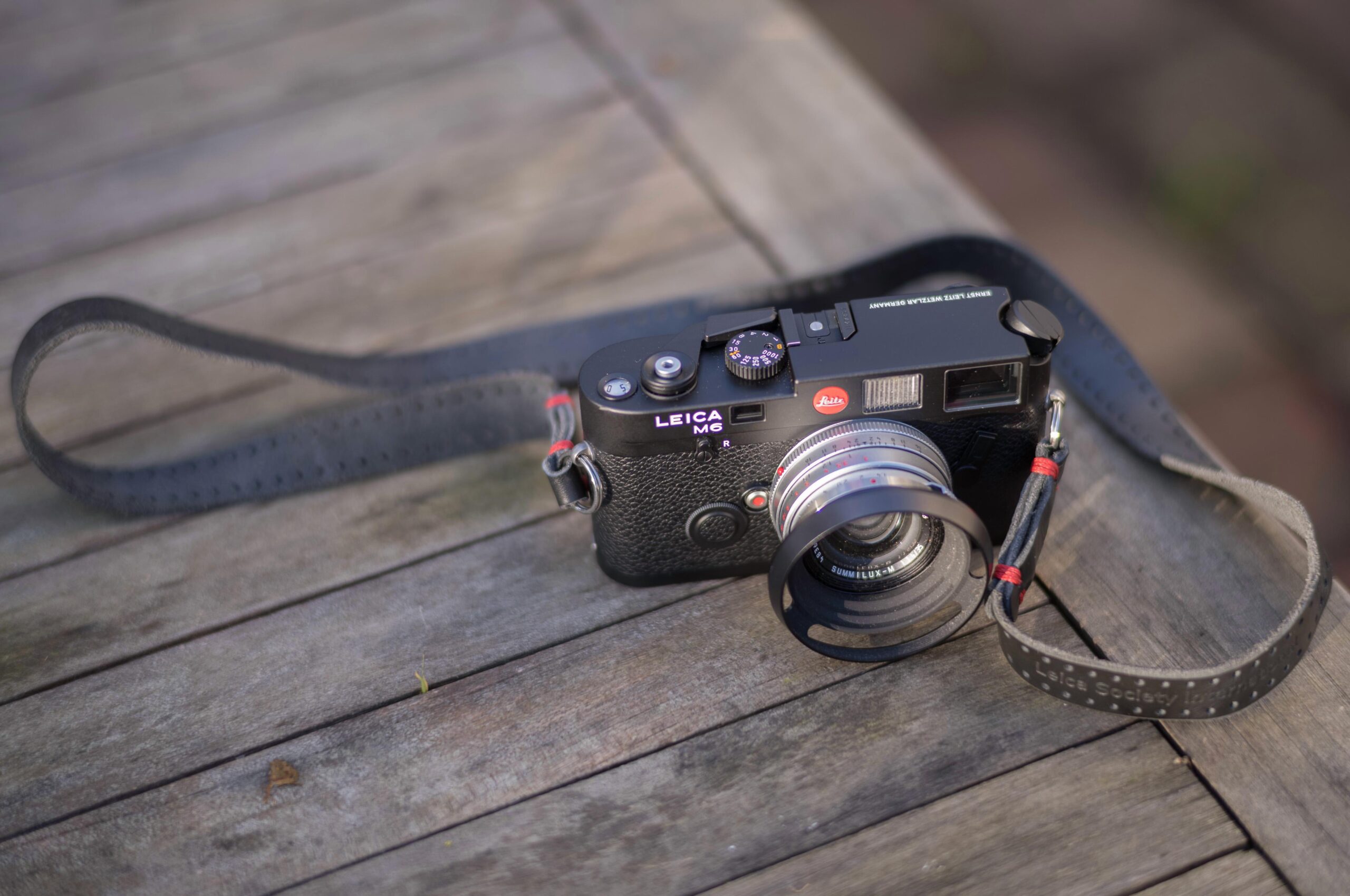
The Body
Superficially, the camera is a replica of the 1984 version of the M6, complete with the Leitz red spot and the engraving on the top plate.
The shutter speed dial is also exactly like the original camera (smaller and in the other direction from the M6TTL and M7). It’s useful to know that switching the shutter speed to ‘B’ also switches off the meter: I ran my first battery down in a couple of days without realising this. I tend to re-cock the camera after shooting, and if you pop it back in your bag, the shutter release stands proud and continually switches the meter on unless you set the shutter speed to ‘B’. The consolation is that LR44 batteries are very cheap and easy to find.
Just like the original M6, the new Leica M6 will function purely mechanically, with all shutter speeds working without a battery (only the meter will stop working without power).
The original camera had a die-cast zinc top and brass bottom plate, but the new camera is machined out of a solid brass billet like the MP. This means that at 575g, the new body weighs a little more than the M6 Classic.
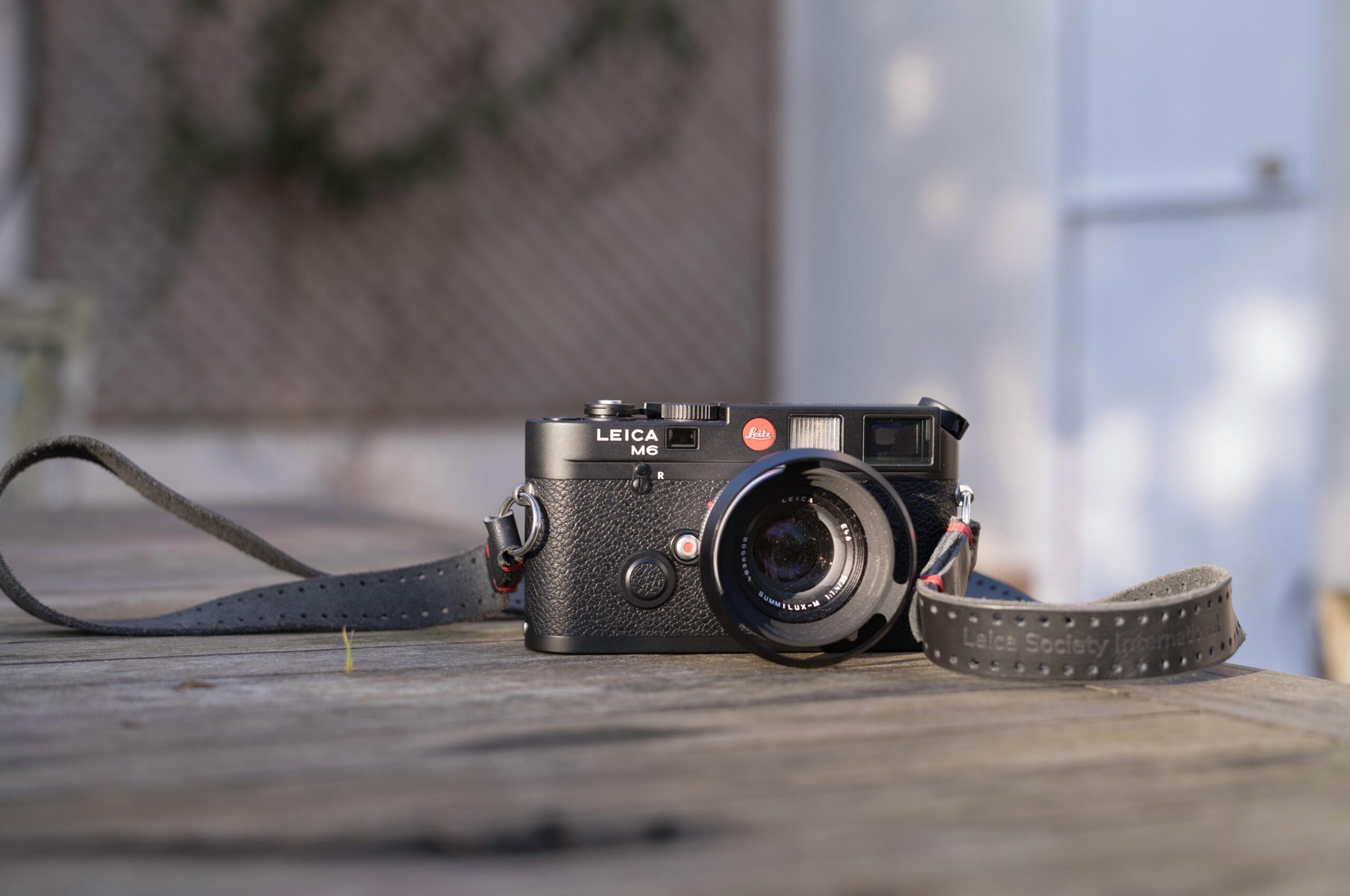
The finish of the new M6 is quite different. It uses a shinier version of the black paint of the M11 (which is incredibly durable). It’s a lovely finish, and although it will wear in the end, I suspect that it might take many years for the first brassing to be evident. The leatherette is also the same as the M11.
The body of the new Leica M6 looks and feels gorgeous, incredibly solid and well-made.
The Viewfinder
The new Leica M6 has the latest version of the 0.72 rangefinder: As far as I can see, this is identical to the rangefinder in the M11 (rather than the MP), with slightly rounded ends to the frame line ‘sticks’ and also to the rangefinder patch itself. This contrasts with the MP (and the M10), which have squared-off edges to both the ‘sticks’ and the patch.
The lights for the TTL metering on the M6 are different from any of the previous M cameras. Unlike the original M6, it has a confirming dot in between the > and < symbols but unlike the MP, the <> symbols are rounded off slightly.
Manufacturing and longevity
Unlike every other major company, Leica has never stopped making film cameras. The MP will soon celebrate twenty years in production, and the M-A (purely mechanical) has been made for almost ten years. In addition to this, while parts are still available, Leica has been restoring and repairing many of the older cameras. Purely mechanical cameras are not so troublesome because they have no electronic components, and Leica still has the machines and skills to make new parts.
However, some of the more recent cameras can no longer be fixed. For instance, it’s been a while since Leica ran out of parts to fix the M5 or the metering in the M6 Classic.
There have also been some supply chain issues for the M-A and MP cameras which have sometimes made delivery times longer.
So the company has taken the opportunity to renew its supply chain with the development of the new Leica M6. More than this, careful design and redesign of many of the parts should eventually speed up manufacturing for the M-A and MP and allow Leica to repair and restore all aspects of the M6 Classic again. This should also include the electronics and meter, although they will now have the middle dot of the new M6.
Conclusion
This is Leica reaffirming its allegiance to film photography while every other manufacturer has abandoned it. Moreover, the whole reissue series is Leica embracing its past and reissuing classic designs with updated manufacturing and precision.
The new Leica M6 is a lovely camera, made with the intention of maximising the virtues of the original camera but without the constraints which Leitz was certainly facing in the early 1980s. The body has been improved, the meter has been improved, and the viewfinder has been improved. Yet none of this compromises the spirit of the original camera.
Introduction of the new M6 Classic
Want to contribute an article to Macfilos? It’s easy. Just click the “Write for Us” button. We’ll help with the writing and guide you through the process.








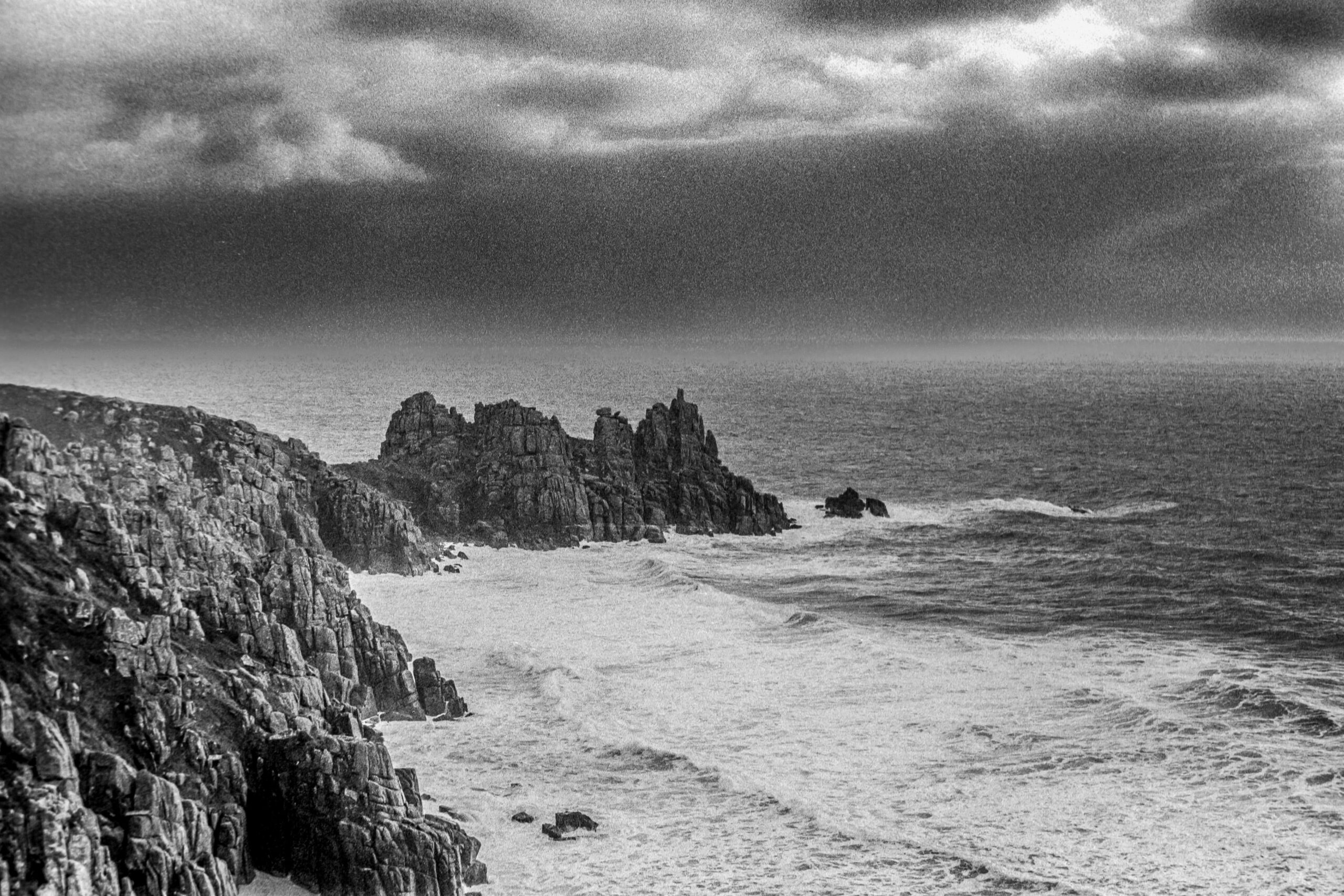






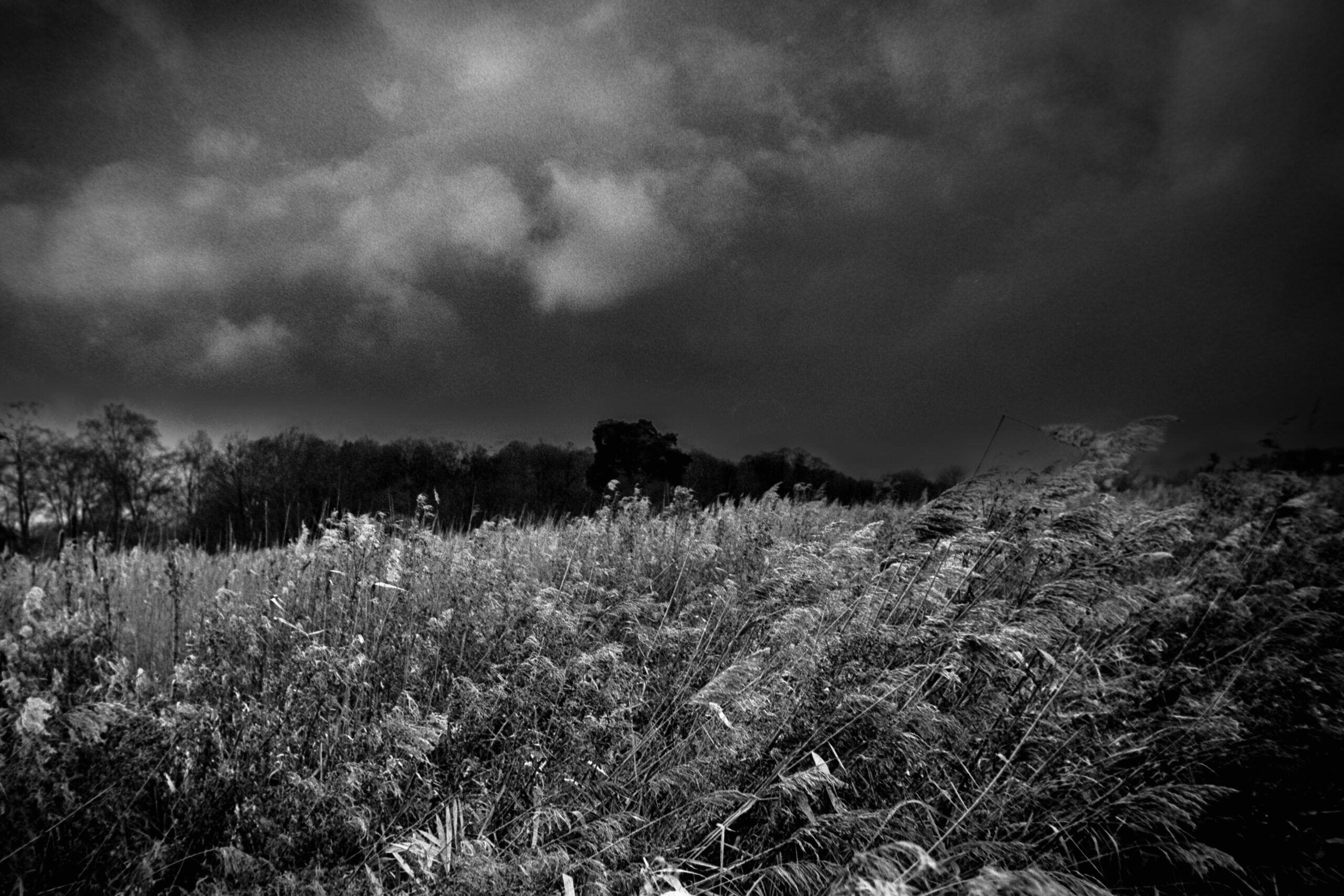
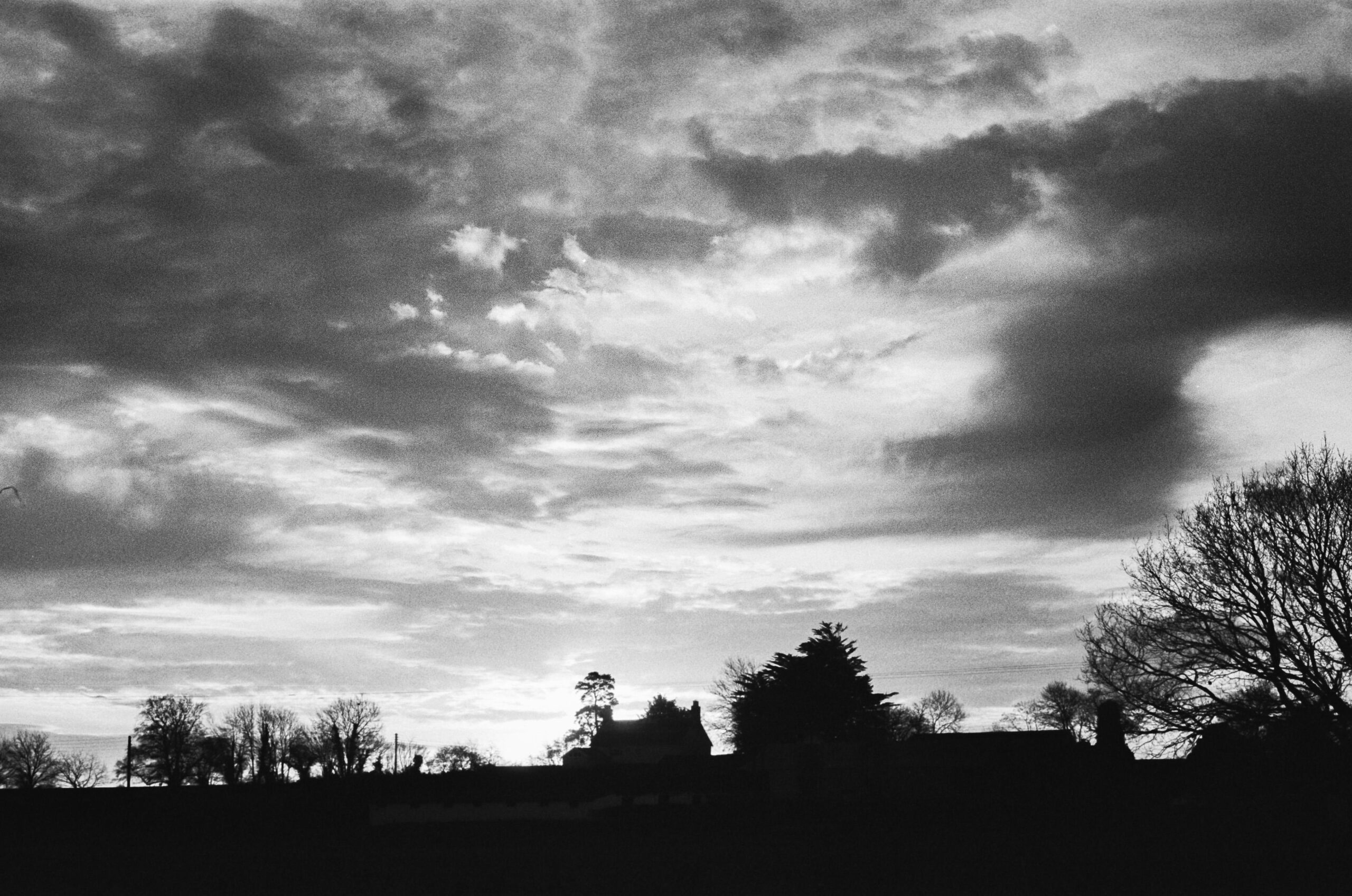




I loved this post! It’s fascinating to see Jonathan test out the new Leica M6 and weave in the history behind the camera. The way he describes the tactile experience of using it really made me feel like I was right there with him.
Thanks for the review. I must admit I regret selling my M7 as a trade-in for the M8 and seeing the new M6 has me again contemplating a return to film. I’ll blame you for the hole in bank balance.
On a slightly different topic, any plans to review the new 35mm and 50mm SL summicrons. Very interested to see how they fare as Ilike the much smaller form factor compared to the optically superb, but large APO summicrons.
Hi There Tom
Everybody blames me for holes in their bank accounts (but just imagine what mine is like!).
When the 35 and 50 were released their provenance was unclear, and I really didn’t want to get involved in discussions about it. . . since then it’s become more likely that the optical design was a joint venture with Panasonic, but the lenses are certainly made in Portugal by Leica. . . . but I’m not certain I’m supposed to say that even, so it makes it rather hard to write about them.
On the other hand I had them both for a few weeks to test, and they both seemed like excellent (and very well made) small, sensible lenses for the SL2 and SL2s (especially). . . . . but I’d rather have the APO!
All the best
Not sure if you noticed the scratches on your film. This seems to be an issue with the new M6.
Hi There Andrew
I’m afraid I’m guilty there – I was trying various different methods of scanning and the negatives got scratched.
I’ve just had 3 films back from Exposure film lab, and they’re all fine, so it’s not the camera at fault.
best
Jono
Very nice article Jono – you captured the allure of the new-old model. I am sorely tempted again. I bought a new M4 in 1968, and passed on the M5 because of the negative comments (without seeing one in the in person). When I heard of the M6 I bought one in 1985, and it has been my main camera until the M9 came out. I upgraded the finder on it, and it still looks almost new in spite of the zinc covers – so the lure of the new M6 is just that: it’s NEW. But I hope sanity will prevail, and I’ll stay with my existing Leica models. (I did get a 50-year M5 after I retired, and it is indeed a great camera – I love the spot meter.)
Hi Tom
Thank you! I actually bought a very nice looking M5 about a year ago, but it smelt badly of mould, so I sent it back quickly! I really did like the form factor and operation though, and I quite understand why some think it’s the best film M.
On the other hand, I’m not retiring my M11!
All the best
Hi Jono, nice to read another one of your all too rare insightful and competent articles. I would buy one of these but I my life is too complicated to go back to the joy of film photography.
This will be a home run for Leica and a blessing for people who love film photography.
Looking forward to the M11 M review.
Hi There Brian
I think my life is also too complicated to go back to film on a large basis!
Thanks for the kind words
Best
Jono
Hey Jono, great article. One difference I notice with my 2022 M6 (manufactured 11/03/2022) is it has the square rangefinder patch as well as frame lines and not the rounded ones you noticed in yours.
That’s very interesting – so your’s doesn’t have the rounded corners like the M11?
Hey Jono, mine does not have the rounded corners like the M11. I also have the M11 and compared them, my 2022 M6 has a sharp square rangefinder patch and frame lines while my M11 are rounded.
That’s really interesting – mine came from the second or third batch, I wonder what it would have if you bought one now? I guess it doesn’t really matter, but if they are simply interchangeable (which seems likely) perhaps the ’rounded’ ones will start showing up in the MP and MA?
Mine has the same rounded corners as per my M11.
Jono, thanks for an interesting piece. As an M6 TTL owner/user/fan, I’m interested why Leica chose the earlier model to ‘recreate’ – maybe due to the availability (surplus?) of parts? According to the data I have, the TTL weighed in at 560g, less than the new M6’s 570g despite having the same zinc top plate/brass bottom plate configuration, so I’m not sure what’s going on there. The catalogues make no distinction between the black and chrome models, in terms of weight, whereas the contemporary chrome lenses are noticeably heavier than the black ones, due to the underlying brass construction. As well as a black or chrome finish, the M6 TTL also offered the choice of 58, 72 and 85 viewfinders, so altogether a more practical approach than with the newM6 to tailoring your camera to your needs, rather than just simply giving it a red overcoat or whatever. Enjoy your new friend.
Hi Tony
The new camera also has a brass top plate (not zinc) So I guess that accounts for the weight. I think they used the M6 Classic, as it was in production so much longer and was the same size as the M3?
Hi Jono, great article. I’m wondering, what lens was used to capture the image of the shoreline cliff with the dramatic skies, as well as the image of the curved tree on the left side of the image with the branches moving right? Both have a special rendering to them!
Hi There Stu – glad you liked the article. The shoreline cliff with the skies was the Remade 50 f1.2 Noctilux, and lovely tree was the 35 Summilux V1 remake – so, yes, both with iconic lenses!
all the best
Thank you very much, Jono,
for the wonderful report and especially the photos. The M6 is simply a unique camera, and isn’t it cool that Leica dares to reissue something like this? We now have the M-A as a modern variant of the M3 (unfortunately not with 100% viewfinder), the “new” M6 and the M-P. That is more than remarkable and a strong signal to all the old and new film photographers.
I got my M6 almost 20 years ago and have cherished it (and used it regularly) ever since. I’m sure the new version will be a similarly long-lasting product and will be able to please several generations.
Thanks again for your wonderful writing – I look forward to reading from you again soon! Jörg-Peter
Hi There Jörg-Peter
Thank you so much for the kind words – I’m afraid I felt a little like I was teaching my grandmother to suck eggs over this one! So your encouraging message makes me very happy!
I think it’s absolutely wonderful that Leica are reissuing things like this – the lenses as well, which are both affordable (compared to the originals) and also maximise the potential that the original designs had (but which weren’t often fully realised in samples made at the time – due to the difficulty of manufacture.
All the very best
Jonathan
Well done, Jono! I love the images you show in the article, inspiring me to shoot film more often. I have an M6J (with the original 50 Elmar that came with it) that I use occasionally and also an M3 + 50mm rigid, which I use more often.
Hi There Bill – Thank You!
I have a lovely dual range summicron (without the goggles sadly) which I’m hoping to use more with the M6 – we’re off to Fuertaventura on Tuesday for a week, but I’m a bit worried about carrying film through airport scanners!
All the best
Lovely article and photos as usual, Jono. I have an ‘old’ M6 and along with my 2 M3s (Double and Single Stroke) it is my favourite film M camera. Everything about it feels natural and it just works as it should. I have most of the others M2, M4, M 4-2, M4-P, M5, M7 and CL, but the M6 is the one I mainly reach for if I am going to shoot film with an M. I tried Stefan’s copy of the ‘new’ M6 in Dublin last October and I noted the improvements, but I would not give up the ‘old’ M6 for those improvements. As regards the M5, I have a chrome 3 lug item, but it is not a camera I have ever gelled with. In my hands it seems even bigger than a Nikon F or F2 from the same era. The CL is nice, but it is a delicate thing compared to an M5 or Nikon F/F2. What saved the M line, as we still know it today, was the M4-2, which was somewhat maligned when introduced, but has stood the test of time.
William
Hi There William
lovely to hear from you. It was Stefan’s M6 which persuaded me to buy one, hopefully I can use mine enough so that it’s brassed a bit by the time it’s passed on (but with the new paint I suspect that’s a tall order!).
Hi Jono, I warmed very slowly indeed to getting back into film and already owned an M4 and a iiic which got nothing more than occasional use. Having recently discovered a much better film lab (SilverPan in Bristol) than the one I was previously using, I put a handful of films in for developing after shooting film for a whole weekend and got surprisingly good results. Good enough to make me re-think the whole film thing. All the charm was back in the images without scratches & dust marks which previously ruined the images.
I was intrigued by the whole M6 re-issue and watched with a much increased interest having realised that I can get ‘nice’ results. I love the fact that Leica are leading the way again with film cameras, that Kodak have employed 300 more people to up film production and that other manufacturers like Pentax are following suit and launching a new range of film cameras.
At this point, I’m pondering owning a brand new film camera. The issue I’ve got with the M6 is that it’s a bit too shouty for me. Big red dot, white LEICA M6 logo on the front. It’s not exactly subtle but it is a very beautiful work of art as well as a very good camera. Unlike my Q2, I didn’t want to black tape it to use it around London or other city centres.
Having got used to my M4 and learned with great satisfaction the Sunny-16 rule to get the results I wanted with a light-meter for backup and also having a preference for silver cameras I took a different path.
After much consideration, I purchased a new M-A in Silver. It’s every bit as beautiful as my M4, but has a few tweaks that I really like. I prefer the all-metal cocking lever and never liked the plastic on the M4. I also prefer the M3 style rewind knob which I really enjoy using. I was always worried that I’d scratch the film using the angled high-speed rewind knob of the M4/M6. That’s probably nothing to worry about at all.
Long story short, I’ve shot almost exclusively film since the beginning of this year and absolutely love the M-A. I’ve tried 11 different film types so far and have now bought my own developing kit which I hope to start using this weekend. I’ve experimented with colour but decided this will be my monochrome camera.
The camera is low enough profile that to the untrained eye, it’s not obvious what it is and just looks like an old film camera. It’s got a stunning viewfinder which is bright and has all the frame lines. I particularly like not having to think about electronics at all, or worry too much about weather. I also love the instant response. It can take a picture at the precise moment I’m ready with absolutely no lag or delay (unless I’ve forgotten to cock the shutter of course). Finally it’s so pretty I often sit with it on my desk while I’m working just so I can look at it.
I wish you many happy years with your new M6 Jono, and I hope it brings you as much joy as my M-A does for me. I’m busy writing my own story with it 🙂
Hi Röd
What a nice message – I’ve been having lots of fun with my M6 – Also developing some of my own film (all the ones in the article) but I’ve been playing with different ways of scanning (and also found a great development lab – Exposure Film lab – they use very high quality scanners and provide 90mb tiff files. I’ll probably go into print about this later!
all the best
Haha, scanning is apparently an art form all of it’s own. I never realised there was so much to it until I got back into film. The top scanners can pull a ton of detail out of the negs, it’s extraordinary.
Hello Jonathan. I read this with great interest. I recently ordered a new Leica MP and decided not to purchase the reissued M6. I’ve become somewhat accustomed to the film rewind lever with its 2 dots on my M3 and M-A. Are the posts regarding film rolls being scratched and other troubling issues concerning the M6 true or anecdotal ? The sheer pleasure of using a Leica film rangefinder is exceptional and indeed a gift that keeps on giving. I hope but am doubly sure that you will derive great joy from your M6.
HI There Gireesh
I’m sure the stories about scratched films are true (but I’ve also seen similar criticisms of the MP). I don’t know how common they are though (how can one).
To be fair, I think that given a level playing field I might have gone for an MP as well, but having bought the M6 I do like it!
all the best
Dear Jonathan, it was rather remiss of me not to compliment you on your images. I confess I was excited to read another article that too on or about a film camera. Your images show a great deal of contrast and feeling. Perhaps the M6 is already channeling the joy that you feel. I do Travel around with a great deal of film. Almost all B&W. My personal experience is that despite request for Hand checking film, it is often denied. Unless one is at a provincial airport where there aren’t a boatload of passengers waiting in a line. Low ISO film is the safest to bring along. Delta 100, Ektar 100, Acros II and their ilk. Also by the way if you haven’t, get Ferrania P30 for your trip. Expose either at ISO 50 or 80. It’s my favourite by far.
Hi Jonahtan. Regarding scratches, your first 3 shots (the trees) show extensive scratches all over the image.
Leica have bad QC now. Scratch everywhere.
HI John – at the risk of repeating myself that is definitely my fault and not the camera – I was trying different methods of scanning, and I was careless on more than one occasion (these images were processed by me, and were on a 3rd scanning round). This is borne out by the fact that the last 3 films I shot were processed by Exposure Film Lab, and there are no scratches on them at all.
I don’t know about other people’s experiences of scratches, but mine are certainly self-inflicted!
Hi There Panos
That is definitely my fault and not the camera – I was trying different methods of scanning, and I was careless on more than one occasion (these images were processed by me, and were on a 3rd scanning round). This is borne out by the fact that the last 3 films shot were processed by Exposure Film Lab, and there are no scratches on them at all.
My Bad
“..the camera [..the M5..] was bigger than its predecessors and users didn’t like this. Nor did they take to the vertical strap lugs on one side of the body. Sales were disappointing, and production was discontinued in 1975.”
But that’s only half the story, as you know: the two-thirds-the-size, smaller, lighter ‘original’ CL (Compact Leica) was – shooting-themselves-in-the-footingly – introduced by Leitz in 1973 (..just two years after the M5..) and it had the same innovative (for a Leica) Through-The-Lens light metering, the same lens mount, simpler film-loading, was half the weight of the M5 and was half the price! It was a best-seller, and it cut off at the knees the sales of the M5.
Imagine the M11 being the current best-seller ..and then Leica produces the ‘LM’ (Little M), which has the same sensor, same lens mount, same automation, similar battery life, but is two-thirds the size, and half the weight and half the price ..wouldn’t that eat into sales of the M11..?
It wasn’t that the M5 wasn’t a good camera; it didn’t sell – after its first two years – because a smaller, lighter, cheaper version – the CL – took away its sales. Make a Rolls-Royce at £25,000 ..and then introduce another at £12,000 ..which one would YOU buy?
Happy New Year, Jonathan!
Hi David
I can remember (as a student) looking lovingly at a Leica CL in the window of a camera shop near Paddington every time I cycled past on my way from Victoria to Stock Newington.
Thanks for the well made point
All the best